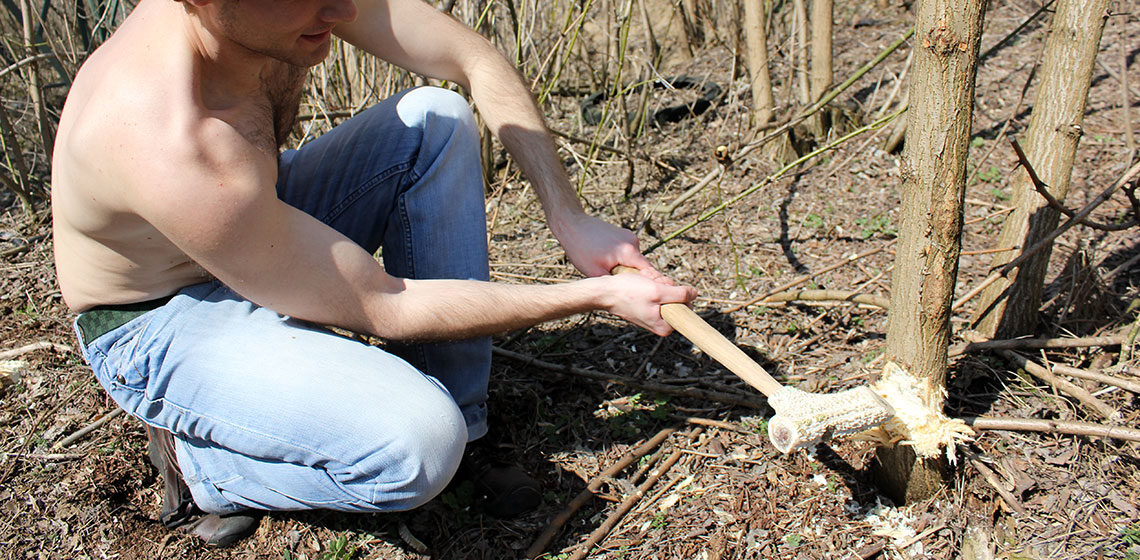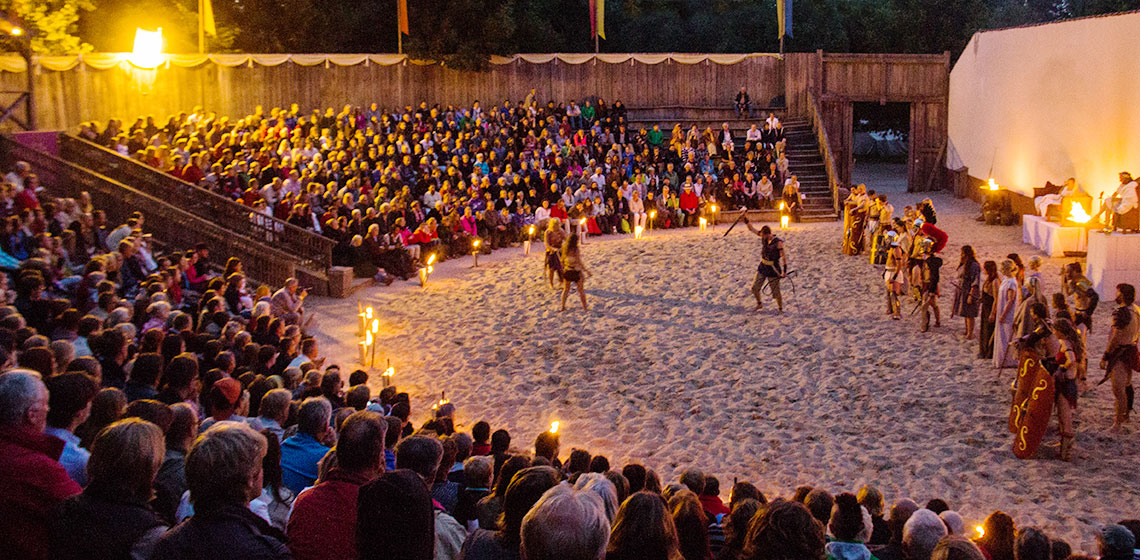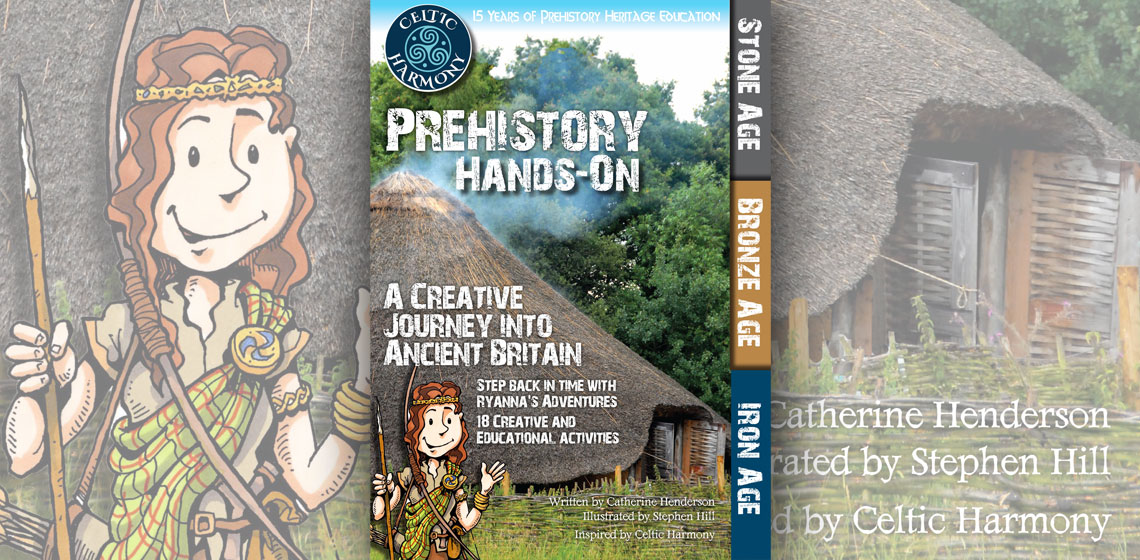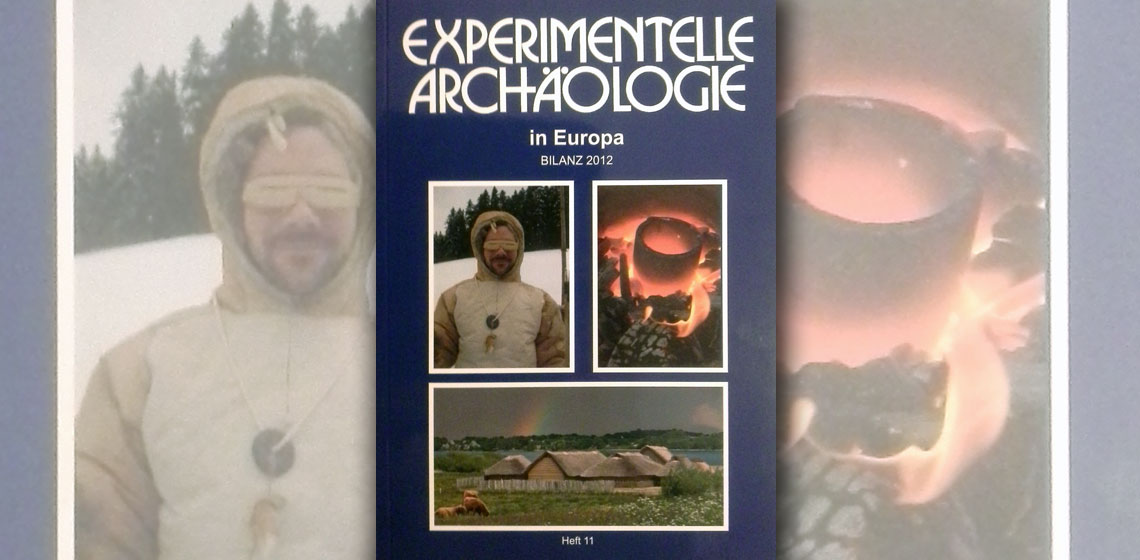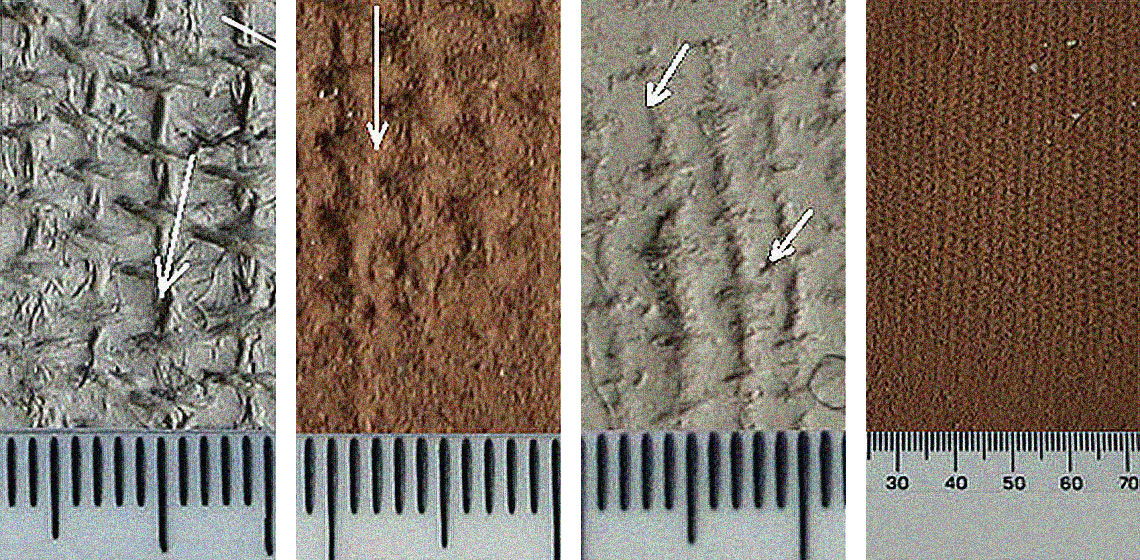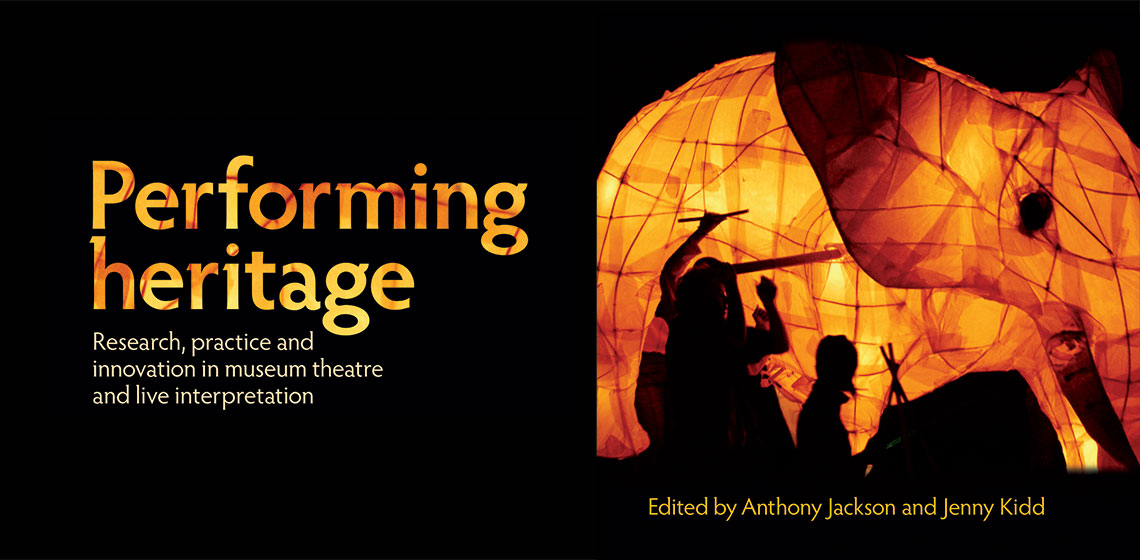Neolithic
Putting on a Show - The How and Why of Historical Shows and Theatre in a Historical Setting or Theme-park
Edwin Stewart Deady
I started experiments with the construction of coracles and other boats about twenty years ago.
Alessandro Peinetti MA cand. PhD
I am a PhD student at University Paul Valéry - Montpellier III (France). My current research focus on spatial organization of western Mediterranean (South France and Italy) Late Neolithic / Early Bronze Age settlements from a geoarchaeological point of view (in particular soil micromorphology).
Can Sadurni Horitzo 30 (ES)
The Cave of Can Sadurnì is one of the most exciting sites of European prehistory. Excavations have been carried out for over thirty years. Now, with the crisis, they encounter difficulties. The Archaeological Open-Air Museum project is intended to support and provide interpretation for this amazing site.
The project for the Archaeological Open-Air Museum was launched through National Geographic to promote excavations in the extraordinary site of the cave of Can Sadurní.
Stonehenge Visitor Centre (UK)
In the recently opened Stonehenge Visitor Centre, which provides permanent and temporary exhibition about one of the most striking World Heritage sites, five neolithic houses were (re)constructed.
The new Stonehenge Vistor Centre displays five neolithic houses, giving an overview of how life could have been at the time of the monument's building.
Book Review: Prehistory Hands-On by C. Henderson
Book Review: Experimentelle Archäologie in Europa, Bilanz 2012
***According to James Mathieu in 2002, experimental archaeology is “A subfield of archaeological research which employs a number of different methods, techniques, analyses and approaches within the context of a controllable imitative experiment to replicate past phenomena...
